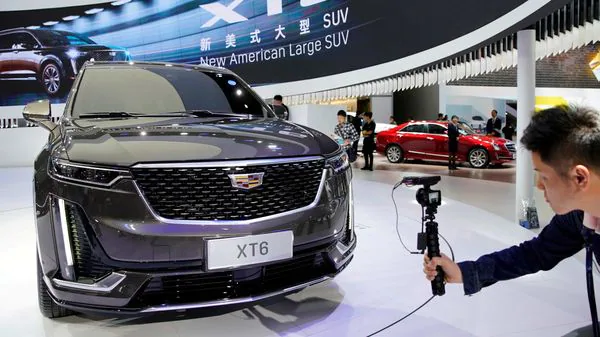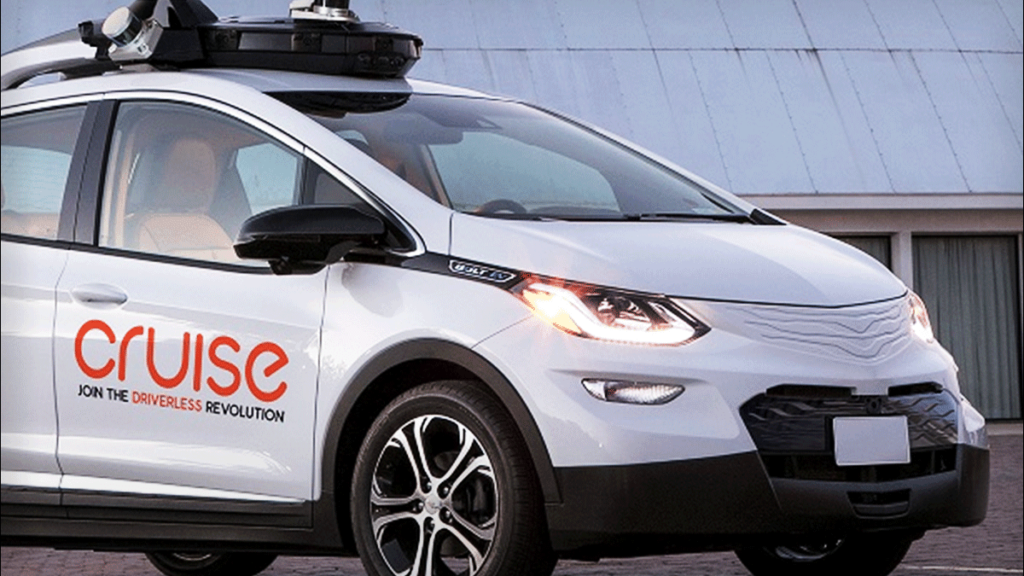For $2.1 billion, General Motors Co purchased out the SoftBank Vision Fund 1’s interest in self-driving startup Cruise, giving the Detroit manufacturer 80 percent control.
GM also said on Friday that it will spend another $1.35 billion in Cruise, making up for the $1 billion that SoftBank had promised to invest in the company once it deploys vehicles in a ride-sharing business, which it is planning to do.
The transaction consolidates GM’s ownership and management of Cruise, and also undoes former CEO Dan Ammann’s capital diversification strategy, which included pushing for an initial public offering, which he was dismissed for in December. An IPO isn’t in the works right now, according to GM CEO Mary Barra and Cruise founder Kyle Vogt, who took over as CEO after Ammann’s departure.

“Why not just go public? It’s a major distraction, especially right now,” Vogt said on Twitter after GM announced the deal. “Cruise just launched a driverless ride hail service in SF, and we want 100% of our energy focused on scaling up and delighting our customers.”
The transaction represents a significant return on SoftBank’s nearly four-year investment. In May 2018, the fund invested $2.25 billion in Cruise for an 11 percent stake. The first $900 million was to be paid out right away, with the remaining $1.35 billion to be paid out once the vehicles were suitable for commercial use. Following that, SoftBank invested an additional $300 million in investment.

SoftBank’s second investment requirement was triggered when Cruise began delivering free rides to the public without a safety driver in late January, according to GM’s fourth-quarter earnings call. The investment was not made by SoftBank, and GM bought out its stake.
Former Goldman Sachs banker Michael Ronen, the managing partner at the Vision Fund who championed the investment and numerous other transportation bets, left two years ago. Many of his portfolio firms have lacked a strong champion inside the firm since then.
The value of the investment fund’s technological investments has plummeted by $25 billion, and the corporation is significantly in debt. The Vision Fund, on the other hand, sold its Cruise interest for more than twice its original investment.
Also Read:
OLED iPad will be the deciding factor for a future OLED MacBook in 2022








